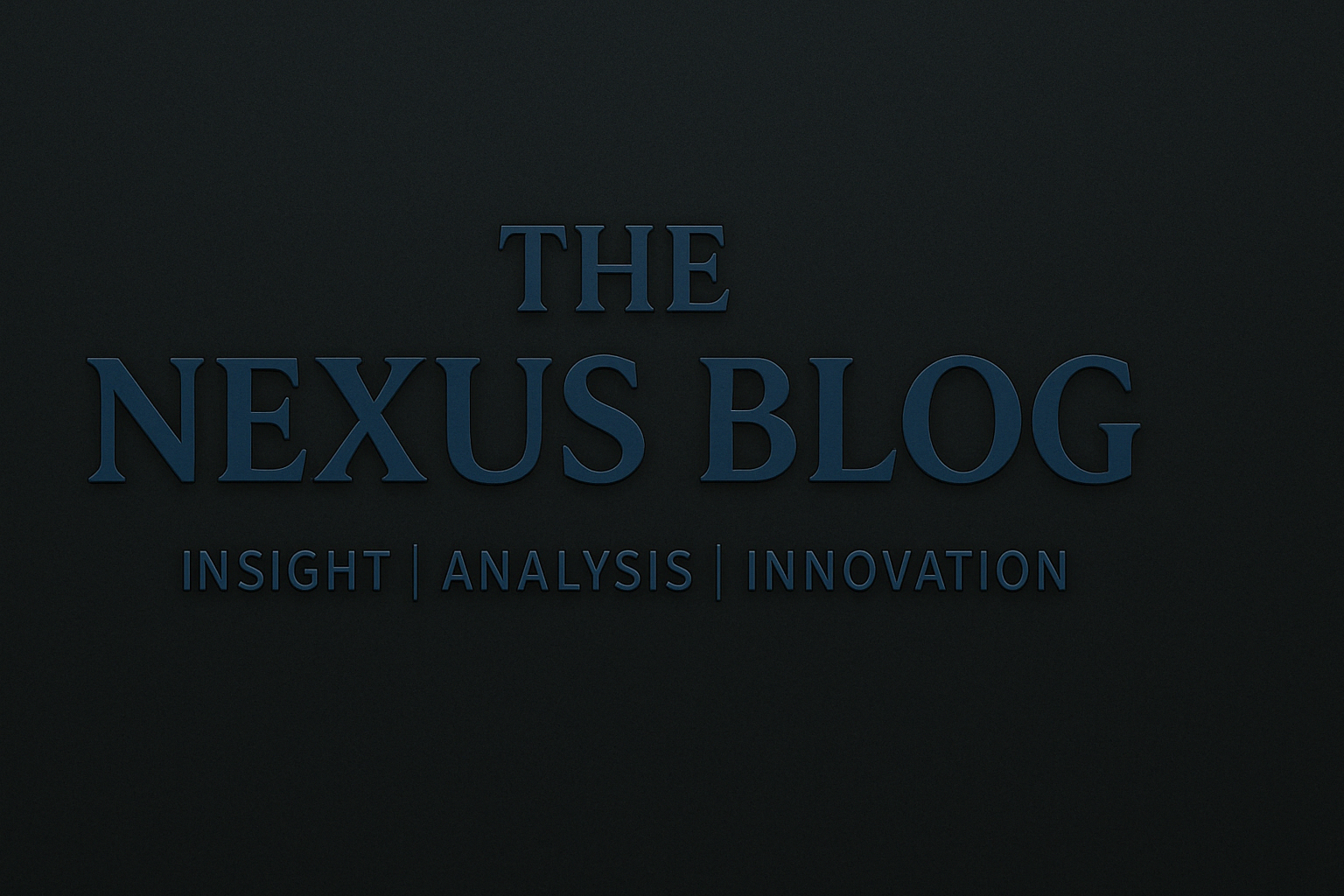The Myth of the ‘Rogue Hacker’: State-Enabled Plausible Deniability in Cyberspace
07/11/25
by The Security Nexus
Introduction: The Allure of the “Lone Wolf” in Cyber Conflict
From pop culture to policy briefings, the archetype of the lone hacker operating from a dimly lit basement persists. Much like its cousin in counterterrorism—the “lone wolf” terrorist—this typology has found powerful traction, despite its empirical shakiness. Recent research in terrorism studies has already debunked the idea of truly isolated lone actors, showing that most so-called lone wolves have ties—weak or strong—to larger radical milieus.
In the realm of cyber conflict, a similar disinformation loop exists. The “rogue hacker” narrative is politically useful: it masks state involvement, deters legal attribution, and diffuses strategic retaliation. But peel back the layers, and what emerges is a system of state-enabled actors—proxies—working under the shadow of government encouragement or sponsorship.
⸻
Proxy Warfare in Cyberspace
As with traditional proxy wars, cyber proxies allow states to pursue strategic objectives without the liabilities of direct attribution. These proxies may range from criminal syndicates to freelance hackers to ideological volunteers. They operate under various forms of state support: some are funded and managed (“delegated”), others operate with informal approval (“sanctioned”), and still others are fully absorbed into official cyber units (“orchestrated”).
Russia, China, Iran, and North Korea are frequently cited as the most active sponsors of cyber proxies. But even democratic states have, at times, dabbled in cyber outsourcing. For example, Israel and the U.S. have allegedly provided “technological and other assistance” to groups like the Ahwaz hackers targeting Iran.
⸻
The Logic of Plausible Deniability
Why do states prefer proxies? The answer lies in plausible deniability—a strategic cushion that allows a state to disavow operations traced back to its orbit. This tactic serves both domestic and international interests: it avoids diplomatic fallout, circumvents legal obligations, and maintains escalation thresholds.
But plausible deniability is increasingly a double-edged sword. Advances in forensic attribution—IOCs, malware signatures, TTP analysis—have raised the bar for hiding cyber fingerprints. As victims grow bolder in naming culprits based on circumstantial evidence, states risk political blowback even when ties are murky.
Moreover, reliance on proxies comes with classic principal-agent risks. Hackers may go rogue, exceed mandates, or misalign with strategic goals—a phenomenon dubbed the “Promethean dilemma”.
⸻
The Problem with the “Lone Hacker” Narrative
Much like in terrorism, the rogue operator myth distorts both policy and perception. Research into radicalization patterns shows that so-called “lone actors” often maintain digital or interpersonal connections to extremist networks. Their “loneness” is frequently the result of social failure, mental health issues, or rejection from group efforts, not some disciplined operational doctrine.
In cyber operations, similar patterns emerge. Many “independent” actors are ideologically aligned with state interests—China’s Red Hacker Alliance, for instance, or Russia’s CyberBerkut. Their operational freedom is a feature, not a bug; their proximity to state goals enhances their usefulness.
⸻
Toward a Clearer Cyber Lexicon
Scholars and policymakers need to move beyond outdated typologies. The “rogue hacker” is less a reality than a rhetorical device. Classifying actors solely by their level of formal association misses the crucial middle ground where most activity occurs.
States are learning that even when deniability holds legally, it may not hold politically. As attribution capabilities improve and public awareness rises, the gap between strategic utility and reputational cost is narrowing. Increasingly, the world is recognizing that behind many lone keyboards are national flags—faint but unmistakable.
⸻
Conclusion
The myth of the rogue hacker survives not because it’s true, but because it’s convenient. It offers states an alibi, the public a villain, and policymakers a simplified threat matrix. But as cyber operations mature and attribution gets sharper, the margin for hiding behind proxies is shrinking.
Deconstructing this myth is not just an academic exercise—it’s a strategic imperative. Deterrence, diplomacy, and defense all depend on accurate threat attribution. And that begins with recognizing the blurred line between the independent and the enabled.
⸻
Sources
• Schuurman, Bart et al. 2017. “End of the Lone Wolf: The Typology that Should Not Have Been.” Studies in Conflict & Terrorism. https://doi.org/10.1080/1057610X.2017.1419554
• Canfil, Clay. 2022. “The Illogic of Plausible Deniability.” Journal of Cybersecurity 8(1). https://doi.org/10.1093/cybsec/tyac007
• Sigholm, Johan. 2016. “Non-State Actors in Cyberspace Operations.” Journal of Military Studies 4(1): 1–37
• Pers Ubiquit Comput (2021). “Hacktivist Group Profiles.” Personal and Ubiquitous Computing, 25: 843–852
https://rss.com/podcasts/the-security-nexus-deep-dive

